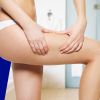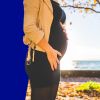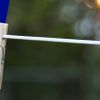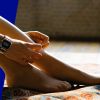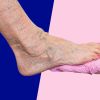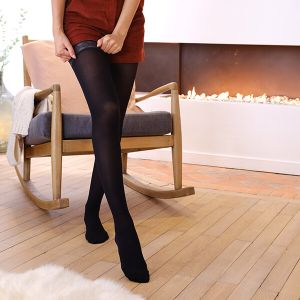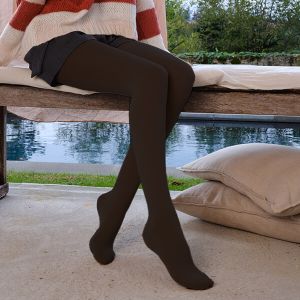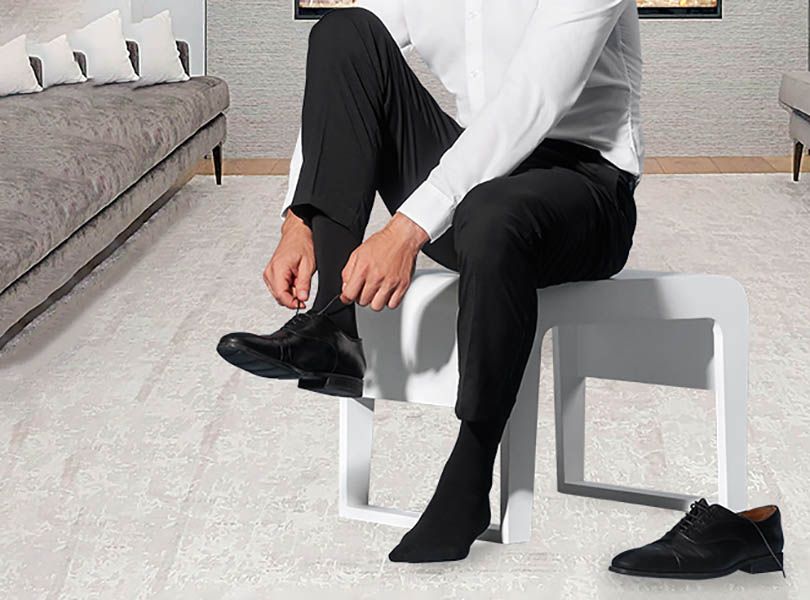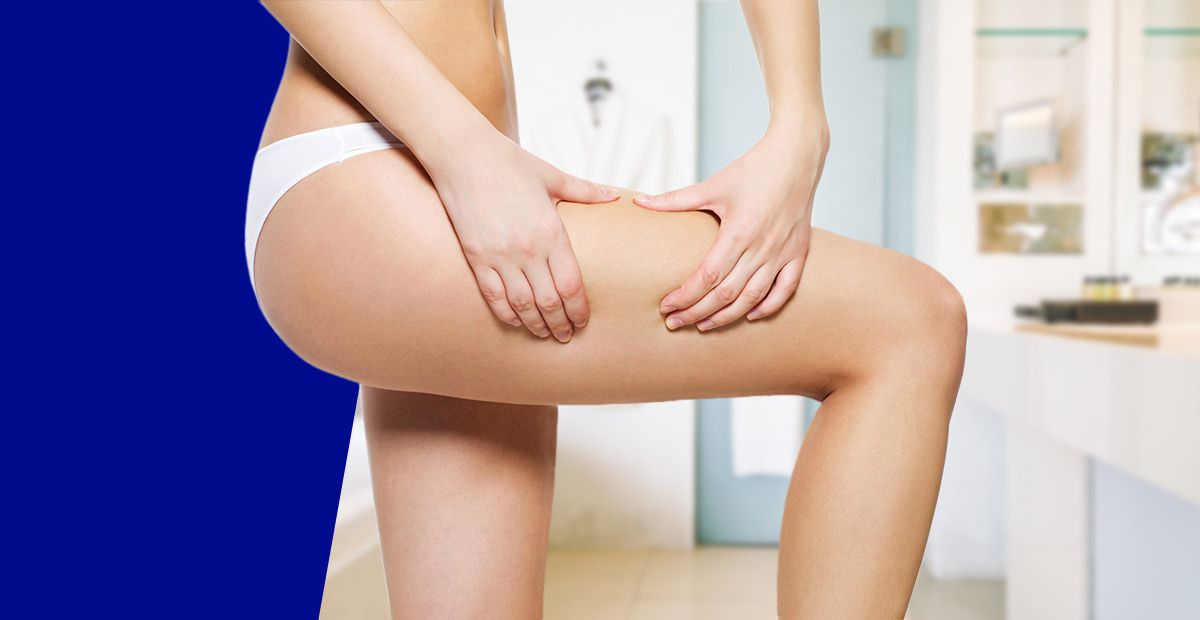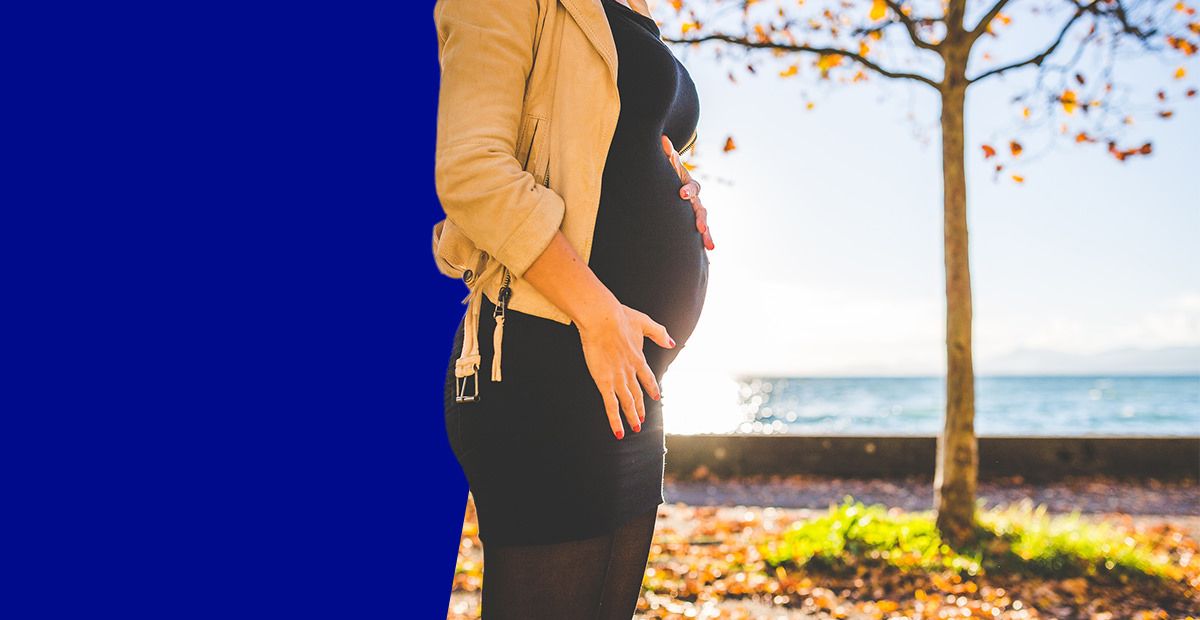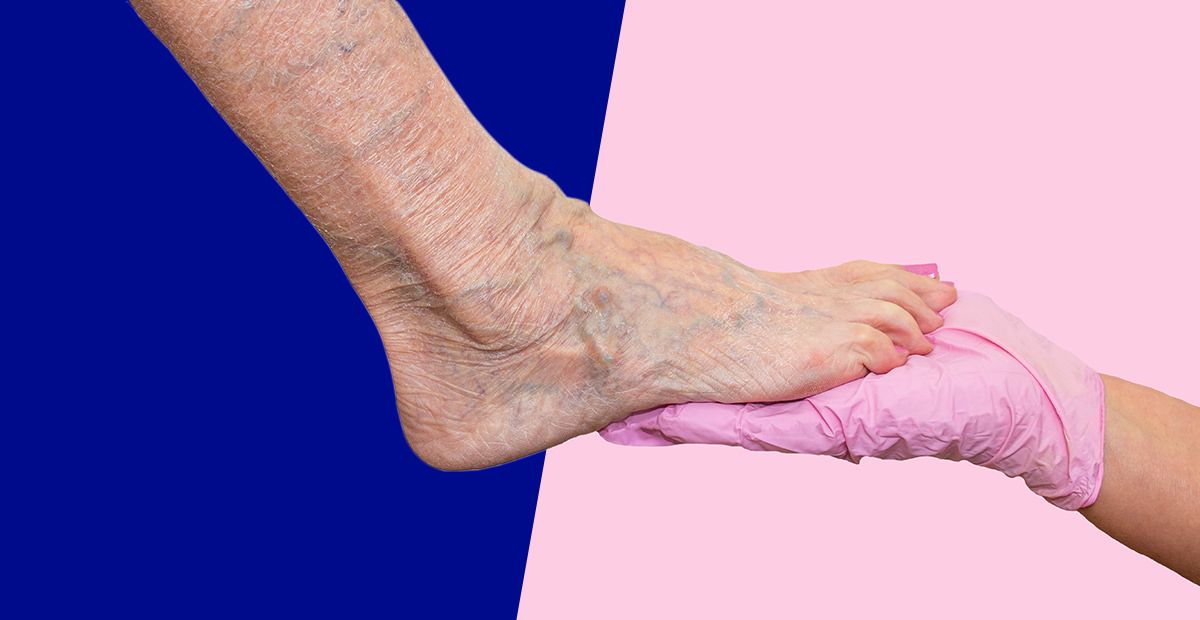Get 10% off your first order - Use VENOFLEX10 at checkout
How to recognise the first symptoms of leg varicose veins?
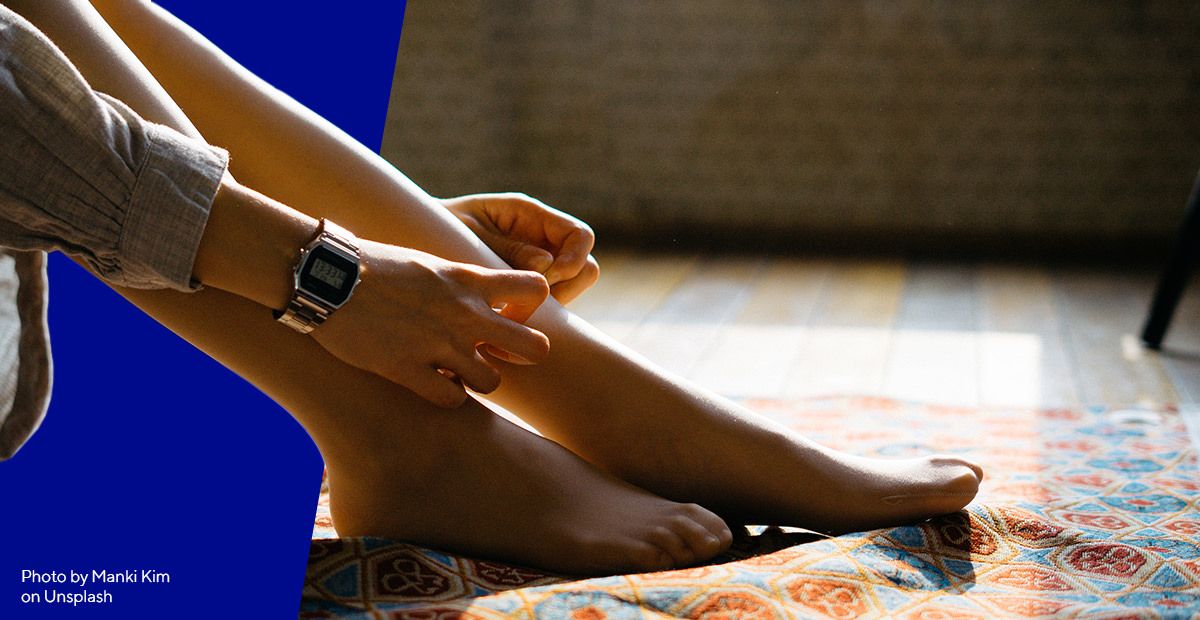
Leg varicose veins are enlarged superficial veins that take on a blue or dark purple colour. They usually occur in people over the age of 40 and affect women much more often than men.
Their formation is determined by a variety of factors, including diet, lifestyle, and associated diseases, but above all genetic load.
Symptoms of varicose veins of legs depend on specific disease cases and intensify with the advancement of the disease process. They include a feeling of heaviness of the legs, pain, swelling, muscle cramps, and excessive dryness of skin, spider veins, and varicose veins.
The onset of varicose veins is often underestimated by patients, which is associated with the risk of developing venous thromboembolism or hard-to-heal venous ulcers.
Varicose veins - causes
The immediate cause of leg varicose veins is a significant weakening of the venous valves, which open and close to allow blood to flow and then prevent it from flowing back. When the valves are damaged, the blood backs up, the pressure increases in the blood vessels, and then they expand.
This is how varicose veins are formed, which are defined as excessive vein dilatation. The causes of this condition vary - most often genetics, lack of exercise, and muscle weakness are responsible.
Varicose veins are common in pregnant women, which is mainly due to increased blood levels, weakened inguinal venous valves, and an increase in progesterone - a hormone that promotes the expansion of blood vessels.
Primary risk factors for leg varicose veins:
- white race,
- female sex (it is estimated that varicose veins in men are five times less common than in women),
- pregnancy and puerperium,
- hormonal disorders,
- overexertion of the legs by occupation such as baker, hairdresser, salesman, cook,
- sedentary lifestyles, for example among office workers, professional drivers or frequent air travellers
- wearing unsuitable clothing, mainly tight-fitting clothing, trousers, knee-length socks, etc,
- wearing high heeled shoes too often,
- being overweight,
- unbalanced diet (low in fibre and vitamin C),
- constipation,
- smoking,
- alcohol abuse.
Taking into account the cause of the formation of leg varicose veins, we can distinguish:
- Primary varicose veins, which occur due to a reduced level of elastic tissue in the veins, which directly affects its elasticity. Consequently, the lumen of the venous vessels dilates, which translates into problems with blood backflow. Primary varicose veins are relatively common in people who have a standing job because then there is venous stasis and increased pressure levels in the blood vessels. People who are in the risk group for varicose veins should take care of prevention, e.g., by wearing specialised tights with anti-varicose properties.
- Secondary varicose veins, which are a consequence of increased blood flow in the venous vessels. This is usually caused by an obstruction that occurs due to the formation of thrombi in the blood vessels. These varicose veins are closely associated with venous thromboembolism (thrombosis).
- Varicose veins of other causes: congenital and acquired varicose veins, caused by the formation of arteriovenous fistulas.
First symptoms of leg varicose veins
The first symptoms of leg varicose veins are so non-specific that we usually associate them with fatigue or other ailments. Varicose disease usually begins with benign changes that do not cause us concern because they do not significantly affect our quality of life.
The initial symptom of varicose veins is the feeling of heaviness of the legs, which usually intensifies in the evening hours.
In addition, there is swelling around the ankles and dull pain of moderate intensity. In the case of women, varicose vein symptoms usually worsen during pregnancy and menstruation, which is directly related to hormones.
Interestingly, the initial symptoms of varicose veins can persist for up to several years. As the varicose disease progresses, the venous protrusions become more visible and extensive, and the symptoms become more bothersome.
The first symptoms of varicose veins are:
- visible spider veins
- blue or dark purple veins,
- swelling of legs,
- feeling of heaviness of legs,
- dull and moderate pain in the limbs.
- Prevention of leg varicose veins
The first symptoms of leg varicose veins should be an incentive for us to prevent their further development. If left untreated, varicose veins can lead to thrombosis, which in turn leads to pulmonary embolism or stroke, both of which are fundamental threats to human life and health.
The basis for preventing varicose veins of the lower limbs is regular exercise, which significantly improves circulation in the blood vessels.
Apart from that, a change of lifestyle is important - people who smoke cigarettes should give up this habit, and obese people should change their diet and use compression products prophylactically. As soon as we notice the first symptoms of leg varicose veins - it is necessary to visit a doctor, who will order a Doppler-type examination.
Bibliography
- Łaskowiecka-Mortas E., Prophylaxis of chronic venous insufficiency of lower limbs among people performing work in a sitting and standing position. Warsaw 2016.
- Marona H., Kornobis A., Pathophysiology of varicose veins development and selected methods of their treatment - current state of knowledge. 2009; 2: 88-92.
- Zubilewicz T., Wroński J., Michalak J., Chronic venous insufficiency. From symptom and diagnosis to treatment. Medycyna Rodzinna. 2002; 18 96-100.
